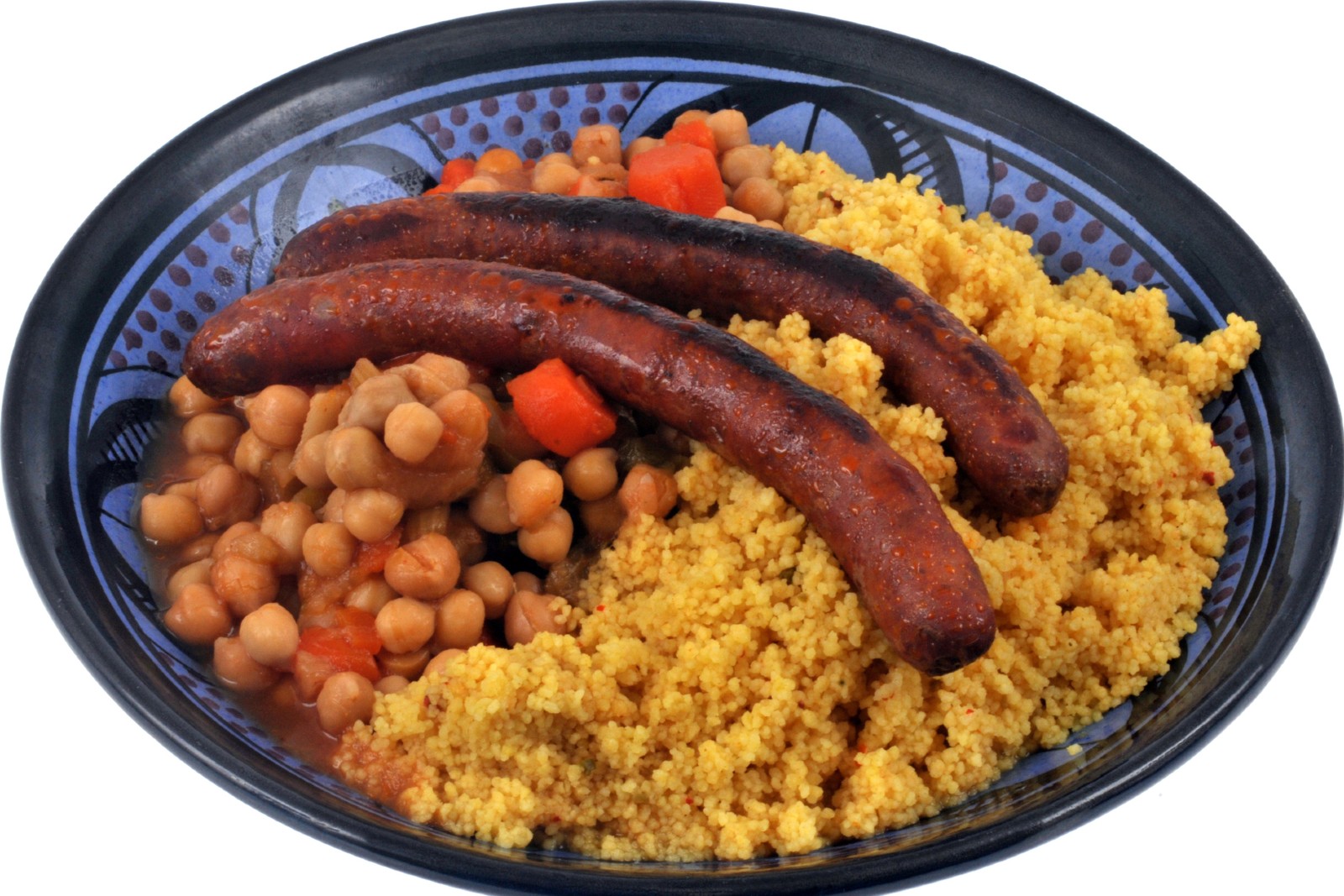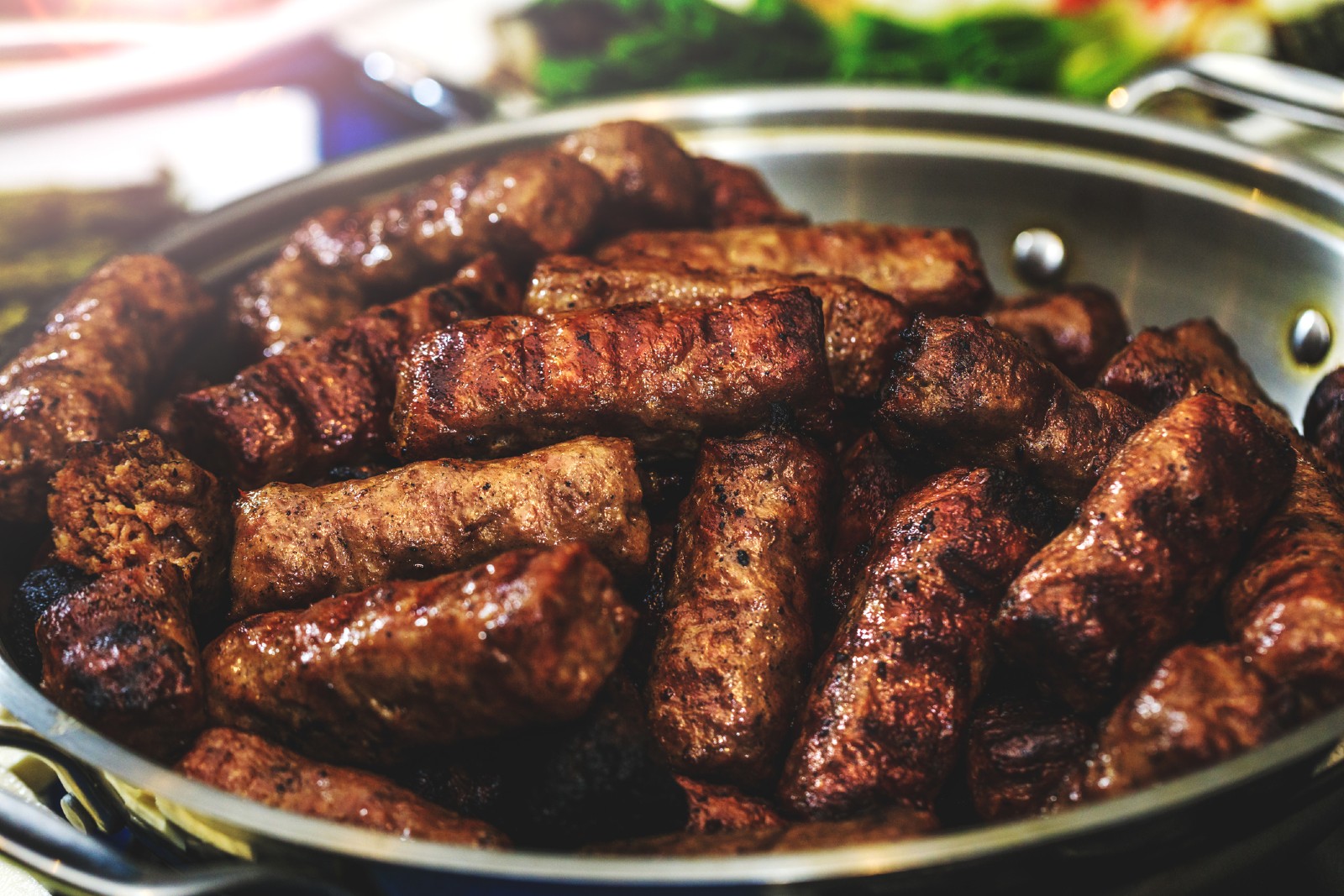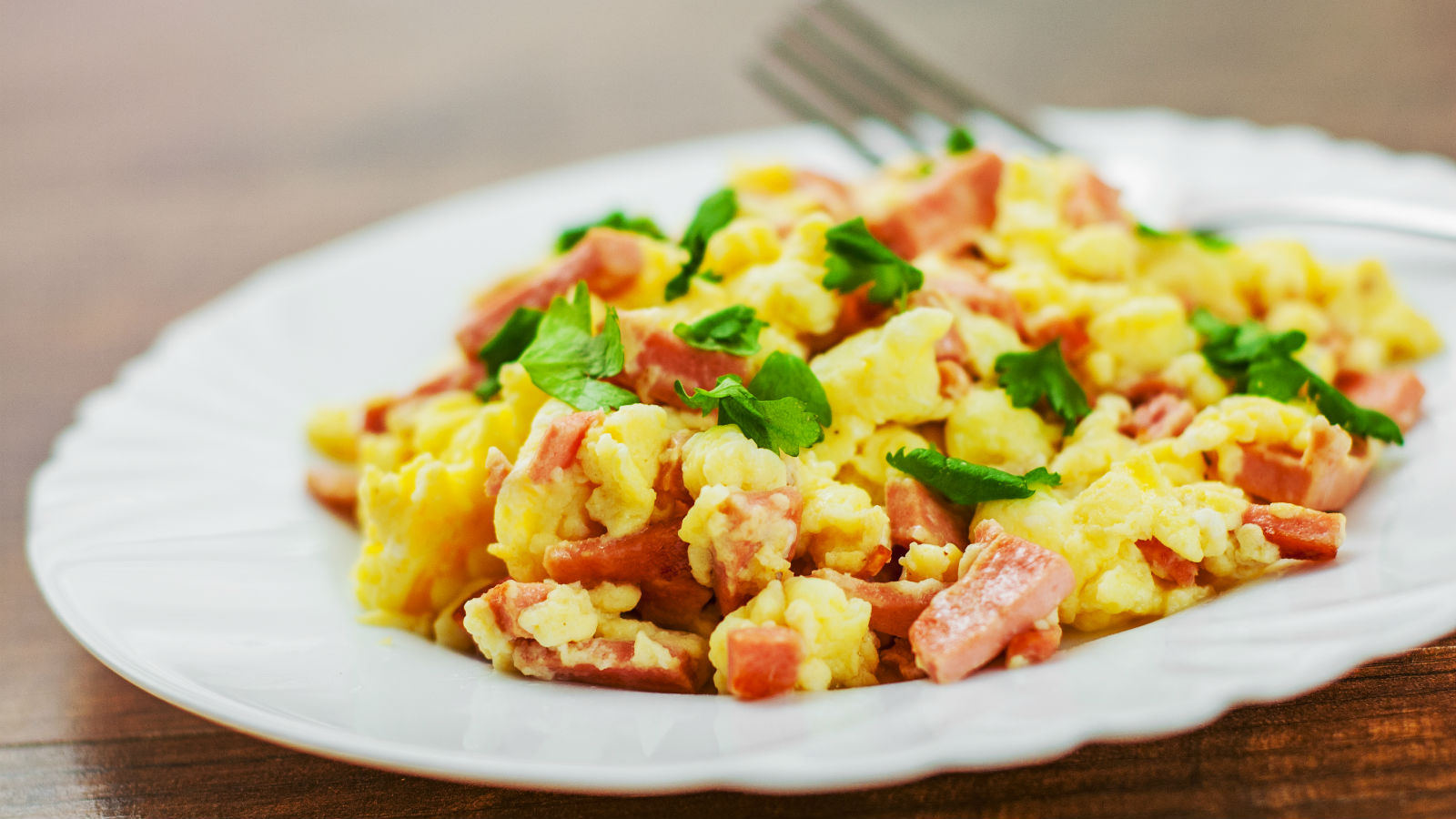Your official guide to Jewish sausages
Published June 17, 2021
This story originally appeared on MyJewishLearning.com
Every Jewish community has their answer to the ultimate Jewish sausage. From the Portuguese Alheira de Mirandela to Ashkenazi kishke to Manhattan’s kosher hot dog, the origins of the following sausages are as diverse as their flavors.
So what makes a sausage Jewish? (No smutty jokes, please.) Well, some were created by Jews, and some are so beloved by the Jewish kitchen that they were transformed beyond their original role. Either way, start taking notes for your next barbecue.
ADVERTISEMENT
Merguez

Unlike most sausages, merguez are made from lamb, not pork. As they lent themselves to Jewish dietary laws that prohibit eating pig, merguez became a staple for Jews throughout North Africa.
Merguez — typically broiled or grilled — are generously spiced with cumin and harissa or chili, which turn their interior a brick red. Flavorings vary slightly from country to country: some add fennel, sumac, corriander, or paprika. Tunisians go heavy on the garlic.
In addition to (and because of )Jews of North African descent, merguez are very popular in Israel.
Kishke
This Ashkenazi delicacy is the real deal. A stick-to-your-guts sausage made from cow intestine (kishke comes from the Yiddish word for intestine) stuffed with a cheap grain or matzah meal, onions and carrots, and beef or chicken fat. Some versions add celery, garlic, or paprika, too. Traditionally, it is slow-cooked inside the Shabbat cholent.
It’s hard to get your hands on the real deal these days; most versions use plastic casings, and many are pareve, skipping the meat altogether. Sadly, kishke is increasingly becoming a Jewish sausage of the past.
Kosher Hot Dog

ADVERTISEMENT
Hot dogs could very well be Jews’ greatest claim to fame: German Jew Charles Feltman was responsible for stuffing a (not so kosher) pork and beef sausage (a close relative of the German Frankfurt sausage AKA frankfurter) into soft buns and his former employee, a Polish Jew named Nathan Handwerker, turned the dogs into a fast food sensation. Handwerker stuffed his buns with beef “kosher-style” sausages (mainly to assure the public that they didn’t contain rumored horse or dog meet, ew).
These days, only Abeles & Heymann (A&H) hot dogs are considered kosher by most Orthodox Jews, but Conservative movement considers Hebrew Nationals to be kosher, too.
Though it’s the most modern sausage on this list, the kosher hot dog is an undisputed classic.
Karnatzlach

Is it a skinless sausage? Is it a sausage-shaped patty? It’s up for interpretation.
Either way, the Jewish version of this Romanian “sausage” (karnatzlach is a Yiddish word) doesn’t mess around. There’s no cheap meal or fillers — they’re almost pure meat, seasoned heavily with garlic and made juicy and springy with the addition of baking soda. Traditionally, they were grilled over charcoal — and still are in many Romanian restaurants in Israel today. But they can also be fried.
Alheira
During the Spanish Inquisition, Portuguese Jews were forced to hide their religion for their own safety. Sausages, specifically of the preserved pork, garlic, and breadcrumbs variety, proved a significant obstacle. In the northern town of Mirandela, the Portuguese hung these sausages from the rafters to nourish them throughout the winter. Pork wasn’t an option for the hidden Jewish community, so they invented a chicken-and-bread sausage, which they named the Alheira de Mirandela, to fend off suspicious neighbors.
These days, the alheira is no longer kosher, with (ironically) pork and game variations. Time to bring this Portuguese sausage back into the Jewish kitchen!
Beef Salami

Did Jews invent salami? No. But they did transform it into a signature comfort food and weeknight dinner staple: salami and eggs. Naturally, this dish — a staple for Ashkenazi Jews in the early to mid-20th century — was made with kosher (or kosher-style) beef salami.
But salami extends beyond this now-spurned dish (blame the cholesterol). German Jews have a tradition to eat salami (which is hung to dry) on Purim to remember the hanging of Haman.















